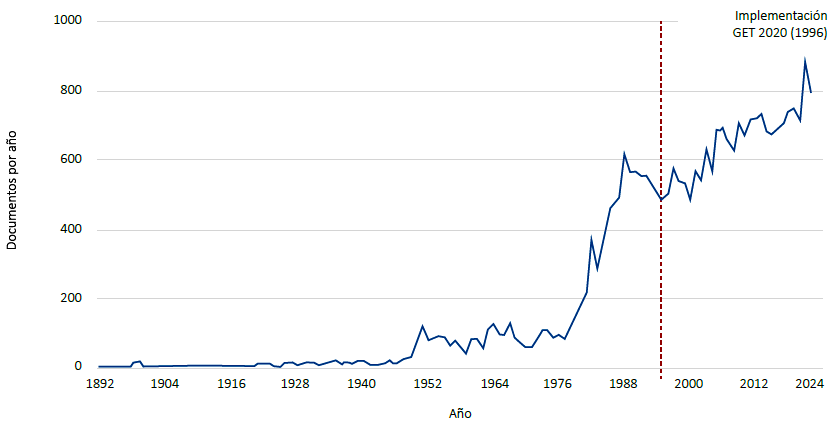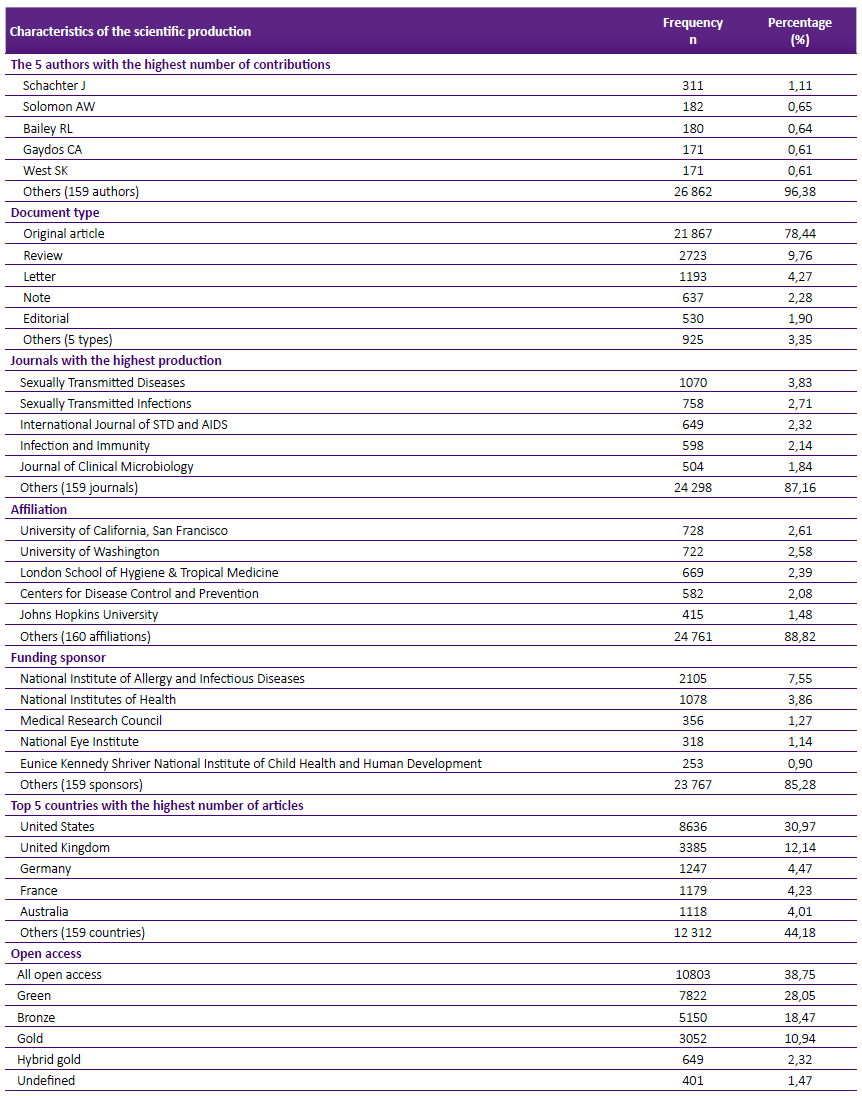Dear Editor,
Trachoma is the leading infectious cause of preventable blindness worldwide 1. The Chlamydia trachomatis bacterium causes it and is characterized by inflammatory changes at the level of the conjunctiva in children with subsequent scarring, an opacity of the cornea, and blindness in adults. It is considered a public health problem in 42 countries (as of June 2022). It is endemic in the poorest, most disadvantaged, and rural areas of Africa, Central and South America, Asia, the Western Pacific, and the Middle East (2.
In 1996, the World Health Organization (WHO) spearheaded the Alliance for the Global Elimination of Trachoma by the Year 2020 (GET2020) in collaboration with member states, non-governmental organizations, academic institutions, and Pfizer Inc 3. This alliance supports implementing the SAFE (Surgery, Antibiotics, Facial Cleansing, and Environmental Improvement) intervention. In addition, the strengthening of national capacity regarding epidemiological studies, monitoring, surveillance, evaluation of projects, and the mobilization of resources 4.
Trachoma programs have achieved significant success around the world. However, while 15 countries that were previously endemic have now declared control, about twice as many have not. Especially now that the targets have been redefined in the WHO roadmap targeting the trachoma’s elimination and other neglected tropical diseases by 2030 5.

Figure 1. Number of documents by year on trachoma in the Scopus database (1892-2022). GET2020: Alliance for the Global Elimination of Trachoma by the Year 2020.
Research is undoubtedly an indispensable tool for answering a wide range of questions about trachoma. In this context, we conducted a bibliometric study using the Scopus database. The search strategy was TITLE-ABS-KEY (Trachoma OR trachome OR tracoma OR trachomatis) AND (EXCLUDE (PUBYEAR, 2023)) AND (LIMIT-TO (PUBSTAGE, “final”)) AND (LIMIT-TO (SRCTYPE, “j”)). The following indicators were included: year of publication, type of article, authors with the largest number of articles, journals, affiliation, funding entity, countries, and access type. The search was conducted on October 4, 2023.
A total of 27 877 manuscripts were found, obtaining an average publication/year of 203.48. An irregular increase has been observed in scientific production on trachoma since the implementation of the GET 2020, with 2021 being the year with the highest number of documents published (n=880) (Figure 1).
The country, author, and journal with the highest scientific production were the United States (n = 8636), Schachter J (n = 311), and Sexually Transmitted Diseases (n = 1070); respectively. The most frequent type of manuscript was the original article (n = 21 867). National Institute of Allergy and Infectious Diseases was the institution with the highest number of funded studies (n = 2105) (Table 1).
Our study revealed a notable increase in publications in recent years, which aligns with findings reported by Maciel AMS et al.6, who found that scientific production on trachoma increased in the last decade in Brazil. Supporting this trend, a scientometric study focusing on neglected tropical diseases (NTDs) in the Journal of the Brazilian Society of Tropical Medicine indicated that the number of publications related to NTDs increased by 49.9% (2128/4268) between 2011 and 2021 7.
The United States had the highest number of contributions. A bibliometric analysis of trachoma studies in the Web of Science Core Collection (WoS) database revealed that American researchers were responsible for 2585 out of 6556 articles. Furthermore, it is evident that the journal Sexually Transmitted Diseases and the institution of the University of California in San Francisco were the ones that contributed the most publications in both Scopus and WoS 8.
Another important aspect is that most of the articles on trachoma were open access. This finding speaks to the growing trend of making research freely available to the public, which promotes greater dissemination of knowledge and accessibility to findings relevant to researchers, policy decisions, and stakeholders 9.
The visibility of scientific articles is crucial for researchers and for their institutions in which they provide services, as well as for funding entities. Although considerable progress has been made toward the global elimination of trachoma, the time frame for its eradication will be longer than initially thought. The overall program will need to consider whether the current strategy is appropriate, especially in settings with high prevalence and recurrence of trachoma.
This work concludes that scientific production on trachoma has increased steadily in the last twenty years; however, it is low compared to other eye conditions or other neglected tropical diseases.
















